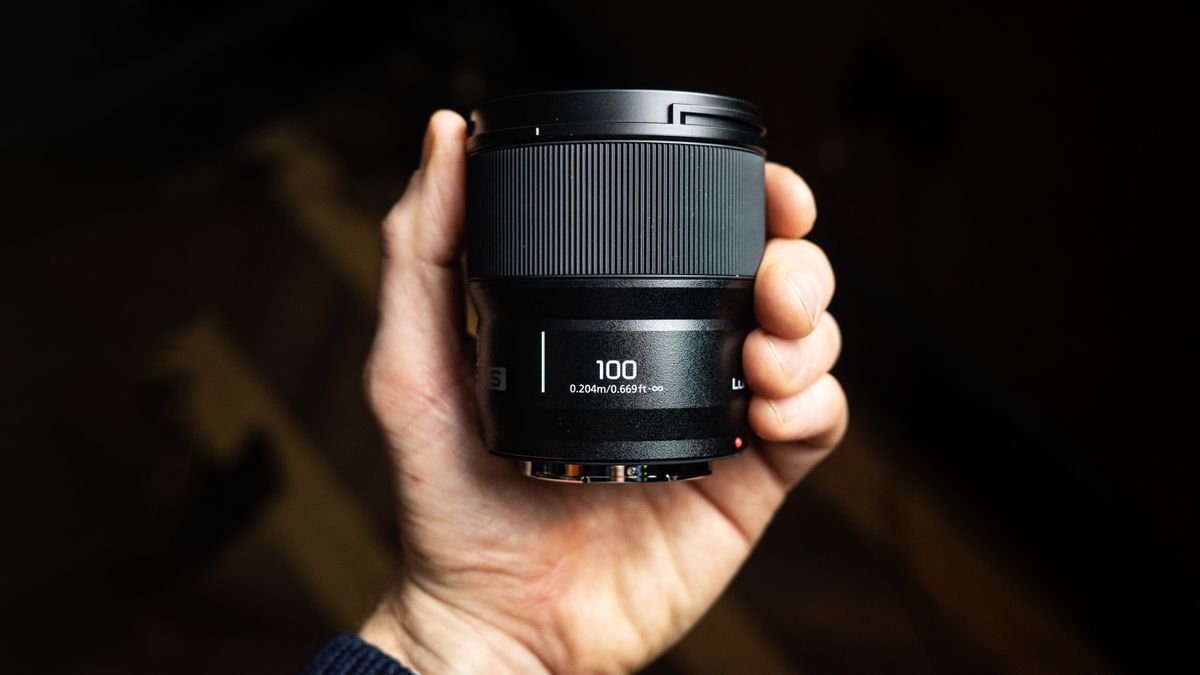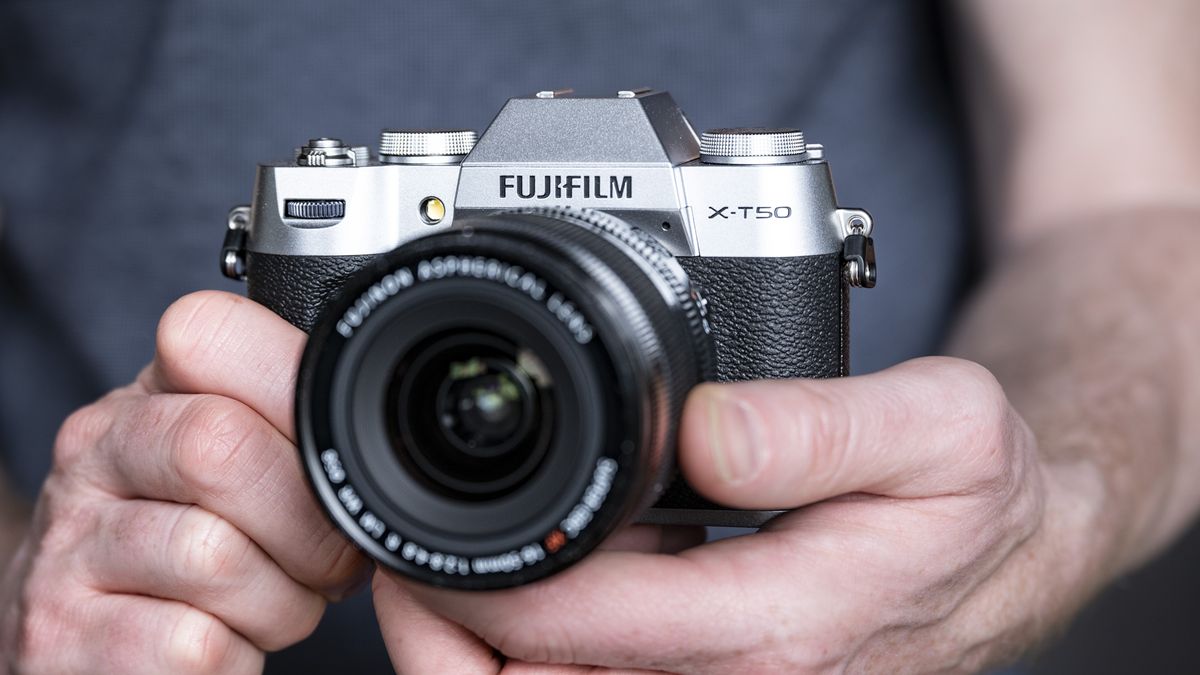Panasonic has announced the Lumix S 100mm F2.8 Macro, the world’s smallest and lightest lens of its type. The new lens is the first to feature the company’s patented ‘dual-phase linear motor’ focusing system, which allows it to create much smaller lenses than was previously possible.
The small Lumix S100mm Macro is a version of the classic 100mm full-frame macro lens with a maximum magnification of 1x, which is a very popular lens among brands. I had to try the new lens before it was announced, and it’s barely a handful.
Aligned with other popular macro models such as the Sigma 105mm f/2.8 DG DN (also L-Mount), Sony FE 90mm f/2.8 G OSS, Nikon Z MC 105mm f/2.8 VR S and Canon RF 100mm f/2.8 L Macro IS USM, the Panasonic lens is about two-thirds the size and less than half the weight, although the Canon lens boasts 1.4x magnification.
Panasonic Lumix S 100mm f/2.8 Macro price and availability
The Lumix S 100mm f/2.8 Macro lens hits stores on January 24 and costs $999 / £1,099, with Australian pricing to be confirmed.
Panasonic’s new L-mount macro lens weighs just 10.5 oz/300 g and is just 3.23 inches/82 mm long, while other models typically weigh 20-25 oz/600-700 g and measure over 5. 1 inch / 130 mm. So it’s not just the smallest and lightest 100mm macro lens: the Lumix S 100mm is in another league.
What’s also interesting about the Lumix S100mm lens is that there are five existing Panasonic f/1.8 prime lenses, also for the full-frame L-mount, that are essentially the same size and weight, allowing for quick changes between these lenses and the new ones. macro model, even on gimbals, much easier.
Beyond its height, the new 100mm macro is built to high standards, with a metal rear stand and resistance to dust and splashes; and, unlike rival models, it’s officially freeze-proof, down to -10°C/14°F.
The lens has nine aperture blades to produce rounded bokeh at f/2.8, making it well suited for portraits. There are 13 lens elements in 11 groups, including three aspherical elements; While this lens may be smaller and lighter than others, it doesn’t compromise on quality.
Panasonic says the optically stabilized lens will also work with high-resolution shooting modes on compatible cameras like the S5 II, which can produce a 96MP image from its 24MP sensor by combining multiple frames, although of course that will only work for static subjects.
The minimum focusing distance of the Lumix S 100mm f/2.8 Macro is just 8.03 inches/20.4 cm, 30% closer than rival lenses. Presumably this is because at 3.23 inches/82mm it’s much shorter than those lenses, but still has the same full-frame sensor format.
Analysis: does size matter?
While the numbers are stacking up in favor of Panasonic’s new lens in terms of size, weight, and close-focusing ability, what does that actually mean?
Personally I prefer lenses that can be further away from live macro subjects and No closer to them – you must use the minimum focusing distance of the lens to get the maximum 1x magnification, and butterflies and insects are easily scared away if you get too close.
I have a Sigma 105mm f/2.8 macro lens that is more than twice as long and a third as long as the new Panasonic model, and I have no complaints about it. Of any type of lens, a macro lens is arguably fine as is: a slightly thick piece of glass.
However, kudos to Panasonic for creating something that is so different from the norm, whilst maintaining the kind of optical excellence one would expect from a $1,000/£1,100 lens.









